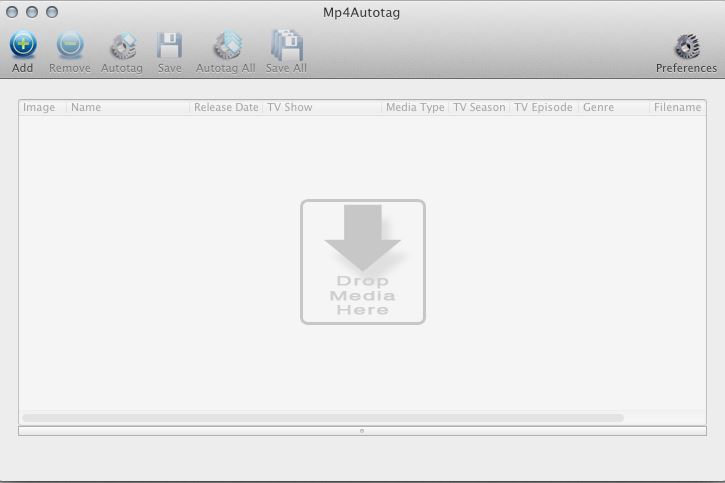

(3) opens a dropdown showing a list of all currently configured locations. The button (1) placed in the top left part of the browsing area toggles the left drawer area. To learn more about the all file browsing features, navigate to the perspective section. This is where all files from the currently active folder are displayed, either as a list, grid, or folder tree, depending on the active perspective. The file browsing area normally takes up he majority of the user interface.

Right beneath the logo you find a bar containing two buttons. Clicking on the app logo will open the About dialog of the app, where you can find details about the licensing or check for new app versions. The one located at the top shows the logo of the app and its current version. The main drawer of the app is divided in three sub areas. (6) Preview area - In this area you can preview and/or edit the current file.(5) File / Folder properties - Here you will find some properties for the currently opened file or folder.(4) Common actions area - Here you can access common actions for the currently opened file or folder.

(3) Browsing area - This section is occupied by the so called perspective used for browsing files and folders.(2) Navigation and Search - Here you can open the search, switch the current location or navigate to a parent folders.(1) Left Drawer - Here you can open the location manager or the tag library and access other important functionalities of the app like the settings.The user interface of the application consists of the following main areas: The following screen shows a typical start screen of TagSpaces with the list of the available locations on left, and content of the currently opened folder with the default perspective in center of the application. This streamlined experience offers familiarity and an ease to use the application across platforms, while you will need to familiarize yourself with its extensive features only once. The application will look the same, regardless of the operating system, or platform it runs under. The user interface, devised along the guidelines of Google's material design specifications, is very adaptable. TagSpaces opens up as a single-window application that tries to make the best use of any space available, be it large wide screens, or small mobile displays.


 0 kommentar(er)
0 kommentar(er)
